To celebrate and inspire the efforts of regional employers, EDC’s new Inclusive Growth blog series will highlight San Diego companies helping to drive progress on the 2030 Inclusive Growth goals.
Launched in 2018 and informed by a partnership with the Brookings Institution, the Inclusive Growth initiative sets 2030 goals for San Diego related to increasing: 1) the supply of talent, 2) quality small business jobs, and 3) newly thriving households. The goals inform San Diego’s economic priorities and make the business case for economic inclusion.
Regional talent demand remains high
To maintain economic competitiveness, the region needs 20,000 students per year completing post-secondary education within six years of graduating high school. These include certifications, career technical education, and college degrees. Progress toward the goal has increased incrementally since 2017 yet completions have shown signs of tapering; the region still falls short of the goal; and the local supply of talent continues to be a critical priority for San Diego employers.
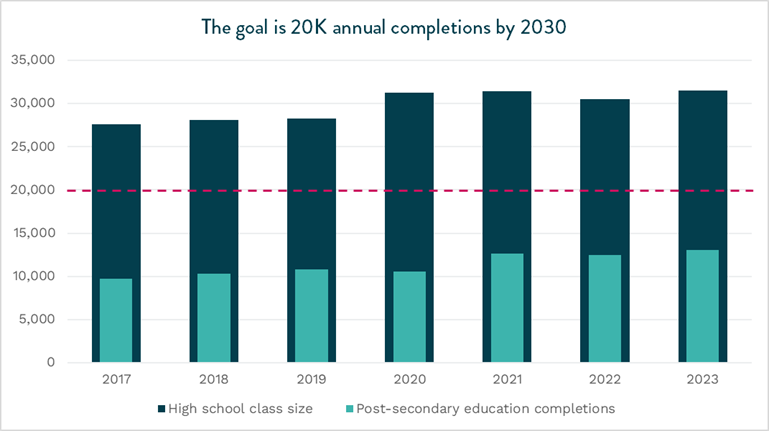
Talent scarcity has become the new normal as hiring demand exceeds the supply of talent across industries. Compounding this challenge, student success is demographically uneven in the region. Despite making up 35 percent of the population, Hispanics and Latinos only account for 17 percent of residents over 25 years old with at least a bachelor’s degree. Critical to growing the local talent pool is creating more opportunities for Black and Latino students to succeed. Employer-led talent pipeline development efforts are critical to the future of San Diego’s economy and Booz Allen Hamilton is among those working toward a solution.
Employer-led solutions
Combining 110 years of strategic consulting expertise with the perspectives of diverse talent, Booz Allen leverages innovative solutions for its clients in defense, cybersecurity, healthcare, and energy. In the San Diego metro area, Booz Allen employs more than 1,200 people with a range of technical expertise contributing to the region’s reputation as a hub for innovation and a catalyst for groundbreaking ideas.
While San Diego has a highly educated workforce with a proportion of bachelor’s degree holders that is seven percent higher than the national average, Booz Allen is among many employers across San Diego still facing a talent scarcity challenge. A smaller talent pool makes competition for technical professionals more intense, especially as the presence of major tech companies has increased over time and local startups continue to flourish.
To help expand access and exposure to quality jobs in STEM, Booz Allen and the Booz Allen Foundation are deeply committed to supporting San Diego youth.
Here’s how the company is committing to Inclusive Growth:
- For the past 10 years, Booz Allen has partnered with the USS Midway Museum to offer STEM education programming to elementary and middle school students in Southeast San Diego. This year, the Booz Allen Foundation is underwriting scholarships for 1,000 students, predominantly from Black and Latino communities.
- Since 2023, the Booz Allen Foundation has provided resources to Southwest San Diego around Lincoln High School (LHS) and its surrounding community. Recognizing that schools are part of a larger ecosystem, the company supported not only LHS but also the elementary and middle schools that feed into it, along with local organizations like Girl Scouts of San Diego and MANA de San Diego with a focus on youth exposure to STEM. Last year, the Foundation supported LHS’s engineering program including its inaugural FIRST robotics team. With this support, the robotics team made the regional robotics competition, earning a spot at the FIRST international championship in Houston. For many participants, this was their first time flying, staying in a hotel, and dining at a sit-down restaurant—a truly life-changing experience. Additionally, LHS students attended the San Diego State University College of Engineering Expo, where they connected with first-generation college students thriving in STEM fields, helping them envision their own future in these careers.
- The company is also a strong supporter of the Elementary Institute of Science (EIS), a Southeast San Diego-based organization that has provided equitable access to STEM since the 1960s. EIS has partnered with the Booz Allen Foundation to take its mission to new heights. Together, they are developing new AI programming and teacher training to stay ahead of rapidly changing technology, providing stipends for internships to help talented students earn money while advancing their education and careers, funding scholarships for students to attend EIS STEM camps, facilitating volunteer days to support the community, among other efforts.
- Lastly, the Booz Allen Foundation is proud to support Rady Children’s Hospital’s Medical Academy, which provides high school students with valuable learning opportunities in healthcare. Through its Equity Grant, the hospital is connecting students with Booz Allen employees to explore the fundamentals of artificial intelligence (AI) and its emerging applications in healthcare. This initiative empowers students to gain exposure to cutting-edge technology, expanding their career possibilities in both healthcare and AI, and preparing them for success in these high-demand fields.
Join the movement
Progress on EDC’s 2030 Inclusive Growth goals is only achievable with and through the region’s employers who must be committed to scaling innovative and intentional solutions in San Diego. Companies like Booz Allen are helping to collectively pave the way toward a more inclusive regional economy.
- Endorse the goals, and be part of the change San Diego’s economy demands
- See more on EDC Talent Initiatives
- Explore progress to the goals
- Meet our Board Chair Jennie Brooks, EVP at Booz Allen
To learn more and get involved in EDC’s work, contact:

Bree Burris
Sr. Director, Communications & Community Engagement

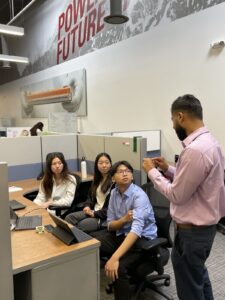
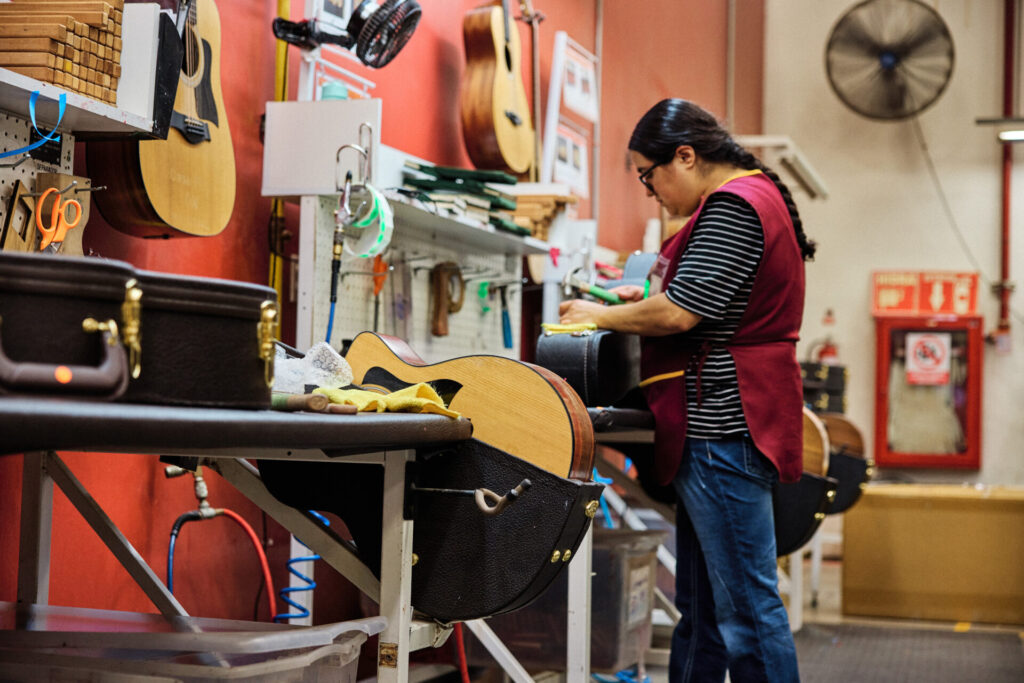






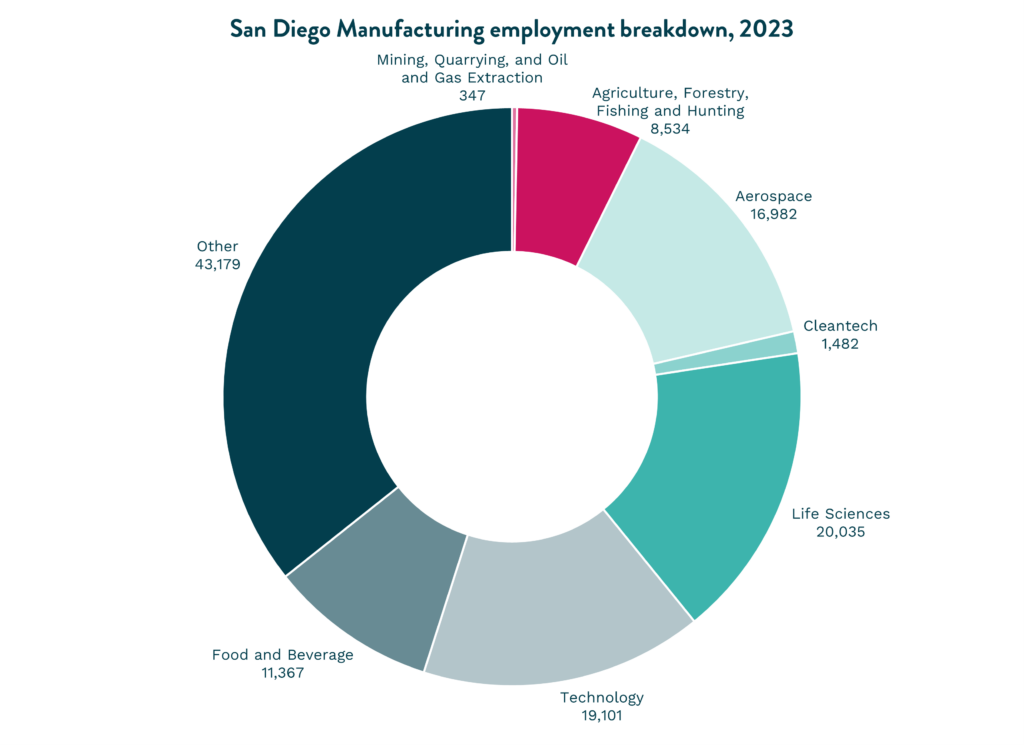
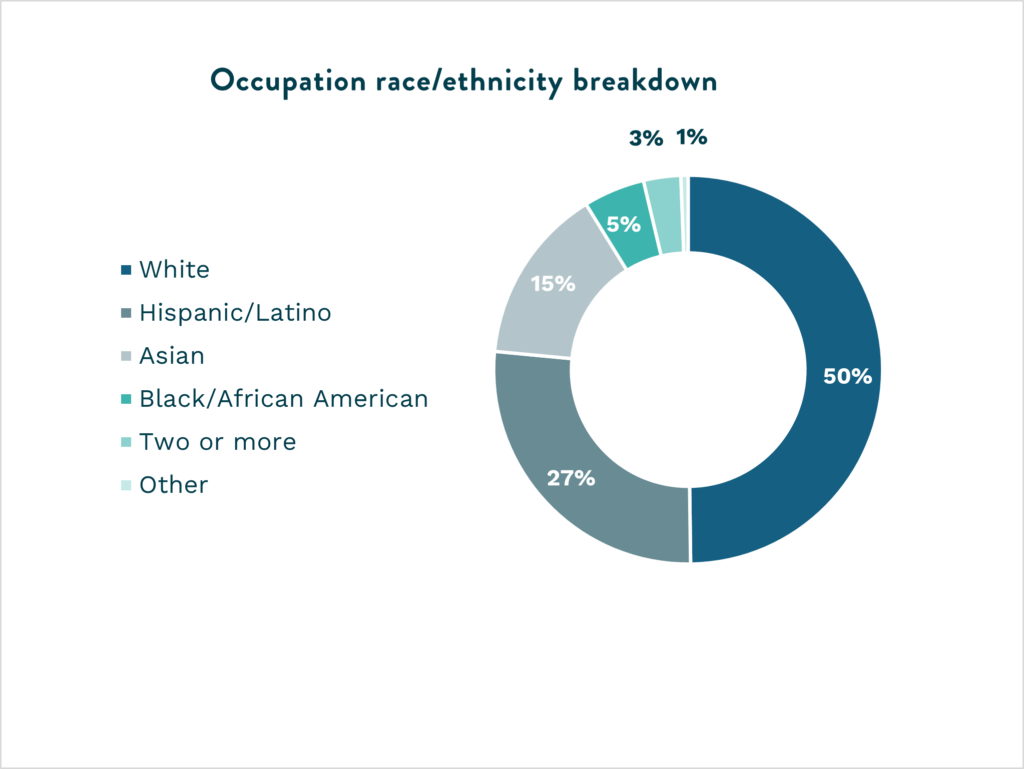
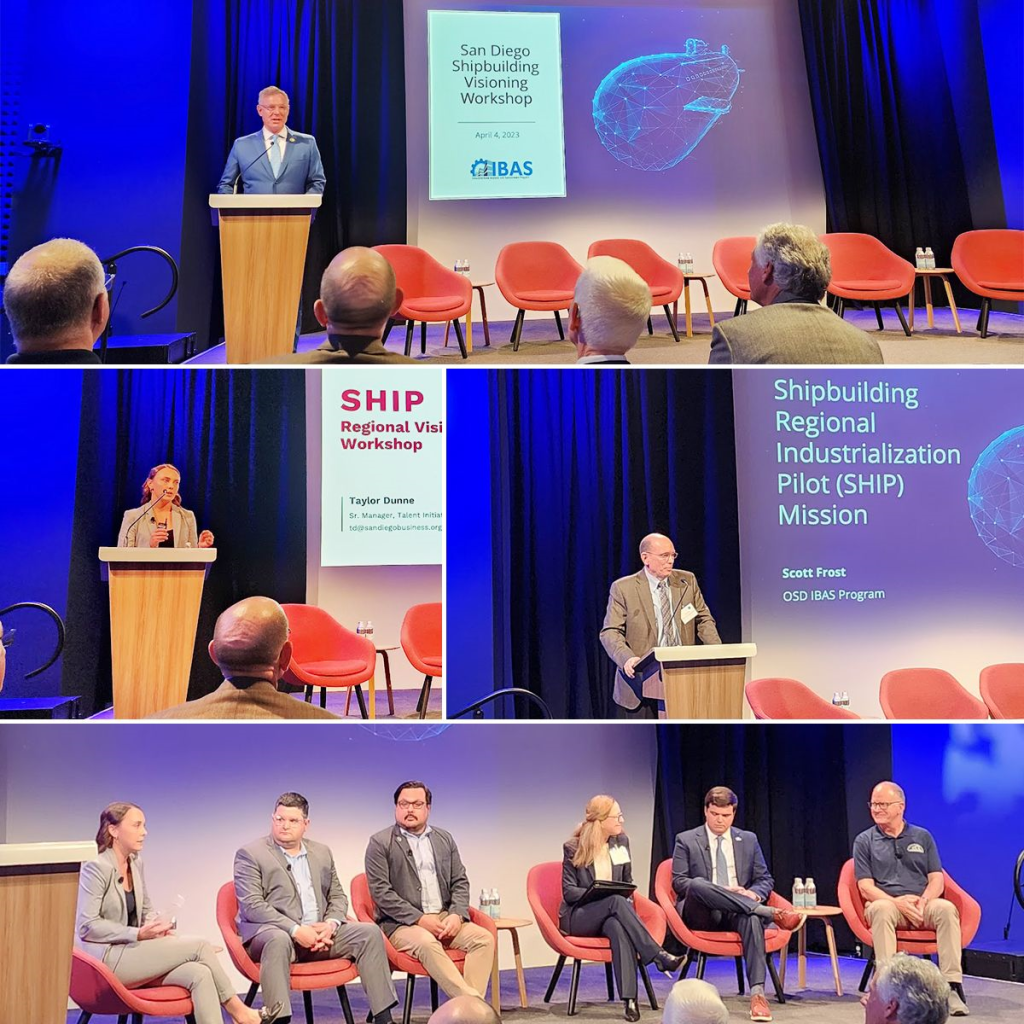 Taking Action
Taking Action